By: Daniel Philpott
The West’s cultural war over Islam has entered an intense new phase since the rise of the Islamic State. The debates are familiar: Is Islam inherently violent and intolerant, or is it peaceful, diverse and often the victim of Western domination? A good criterion for answering the question is religious freedom—the civic right of persons and religious communities to practice, express, change, renounce and spread their religion. Whether the adherents of one religion can respect the beliefs and practices of another, or whether they respond to this otherness by violence or discrimination, is at the heart of these debates.
Whereas some scholars view religious freedom as a Western value derived from Western history, the principle has a claim to universal validity. For one thing, it is ensconced in the major international human rights conventions. It can also be derived from the value of religion itself, in which people across an enormous variety of times and places have sought fulfillment. Considering that religion is at its most authentic when it is freely chosen, the conclusion that the state ought to guarantee the right to pursue that fulfillment unimpeded follows naturally.
Islam is often portrayed as inherently hostile to religious freedom. Incidents of Islam’s alleged intolerance have dominated global headlines at least since Sept. 11, 2001—for example, the murder of the Dutch filmmaker Theo van Gogh by a Muslim in fall 2004, the protests over Danish cartoons mocking the Prophet Mohammed published in 2005 and the deadly shooting at the offices of Charlie Hebdo newspaper in France. For critics like Ayaan Hirsi Ali, this religious intolerance represents the very essence of Islam and requires nothing less than a forceful reformation of the religion to make it compatible with liberal values.
Is it true that Islam is uniquely unreceptive to religious freedom? Comparative political science can offer some helpful perspective. An aggregate, satellite view does indeed show a dearth of religious freedom in Islam. A comparison between the world’s 47 or so Muslim-majority countries and the rest of the world—derived from measurements developed by sociologists Brian Grim and Roger Finke and undergirding the Pew Forum’s rankings on religious freedom—shows that Islam clearly has considerably lower levels of religious freedom than the rest of the world and Christian-majority countries. In their 2011 book published on the same data—“The Price of Religious Freedom Denied: Religious Persecution and Conflict in the Twenty-First Century”—Grim and Finke show that 78 percent of Muslim-majority countries have high levels of government restrictions on religious freedom, compared with 43 percent of all other countries and 10 percent of Christian countries.
Grim and Finke’s measurement of religious freedom captures two sorts of curtailments of religious freedom. The first is the Government Restrictions Index, which looks at constitutions, laws and policies carried out by regimes. The second is the Social Hostilities Index, which looks at religious freedom violations carried out by actors outside the government—terrorists, for instance. Grim and Finke deploy 20 indicators to measure government restrictions and 13 to measure social hostilities. On this basis, they give scores for both indices to 198 countries. To avoid “shooting at a moving target” given the rapid changes underway in the Middle East, I am assessing these countries as they stood in 2009, prior to the Arab Spring and dramatic changes in countries like Turkey.
Do these aggregate scores prove that Islam is indeed generally inhospitable to religious freedom, then? No. Zooming in from a satellite view to a more fine-grained view reveals far greater diversity. First, it shows that 12 out of 47 Muslim-majority states fall into the category of “low restrictions on religious freedom,” meaning that they are essentially religiously free. Even among the other 35 Muslim-majority states, which have moderate, high or very high levels of restriction, there are significantly different patterns of repression, which yield different conclusions about Islam. There are two patterns in particular, namely “Islamist,” which represent 21 of these countries, and “secular repressive,” which represent 14 of these countries.
The Islamist pattern represents those Muslim-majority states that deny religious freedom by using the state’s laws, policies and coercive power to promote and enforce a highly restrictive and traditional form of sharia, or Islamic law, in all areas of life—economy, culture, religious practice, education, family life, dress and many others. Such states include Saudi Arabia and the other Gulf Cooperation Council members, Iran, Pakistan, Iraq and the Sudan, but also (beyond the Middle East) Malaysia, Indonesia and Nigeria. Iran and Saudi Arabia arguably deserve the status of standard-bearers due to how widely they are emulated and how actively they seek to spread their version of Islam.
Islamist countries offer the strongest evidence against Islam’s openness to religious freedom. But they are not the only sort of Muslim-majority countries that deny religious freedom. Of the repressive Muslim-majority countries, 40 percent fall into a “secular repressive” pattern. Examples of such countries, which repress religious freedom in the name of secular authoritarian regimes, include Uzbekistan, pre-Arab Spring Egypt, pre-AKP Turkey, Algeria and pre-revolutionary Tunisia. If the Iranian Revolution is the inspiration for Islamist states, the French Revolution is the model for this pattern. Here, the power of government is also used to manage religion, but on behalf of an agenda of modernity involving social equality, nationalism and economic development along Western lines. Secular repressive regimes deny religious freedom by heavily restricting the activities of Muslims and often minority religions, too. The roots of this denial are not traditional Islam, which such regimes seek to contain and privatize, not to promote. The standard bearer of restrictive secular regimes is the Republic of Turkey, founded by Kemal Ataturk in 1924. After World War II, many Arab states followed this model as well.
Finally, the Muslim world also contains religiously free regimes, adding even further complexity to the negative judgment of the satellite view. Examples of such regimes include Kosovo, Djibouti, Albania, Mali, Senegal and Sierra Leone – most of them noticeably outside the Arab world. These regimes—about one-quarter of Muslim-majority countries—show that the denial of religious freedom is far from the whole story in the Muslim world. There may be no systematic explanation for why these countries are religiously free. For some, the roots of freedom may lie in a particular form of Islamic theology or culture that embodies tolerance. In others, freedom may have arisen through a modus vivendi between Islam and other religions at some point in the country’s history. All of these cases, though, show that Muslim populations can, under certain circumstances, prove hospitable to religious freedom.
While Islam may suffer a dearth of religious freedom in the aggregate, Islam is not necessarily the reason be
hind this dearth. Secular repressive governments are a widespread source of repression in the Muslim world. Even Islamist regimes often have their origin in historical circumstances that belie an easy linkage of Islamic teachings with religious repression. The Iranian Revolution of 1979, for instance, cannot be understood apart from the severe secular repression of Shah Reza Pahlavi’s secular repressive regime of the mid-twentieth century. This, combined with the presence of religiously free countries in Islam, points to the possibility that religious freedom in the Muslim world might expand.
Daniel Philpott is a professor of political science and the director of the Center for Civil and Human Rights at the University of Notre Dame (on leave fall 2015 and spring 2016).
This article originally appeared in the Washington Post. It was later published on July 27, 2015 for the Religious Freedom Project at Georgetown’s Berkley Center for Religion, Peace, and World Affairs.
THE RFI BLOG
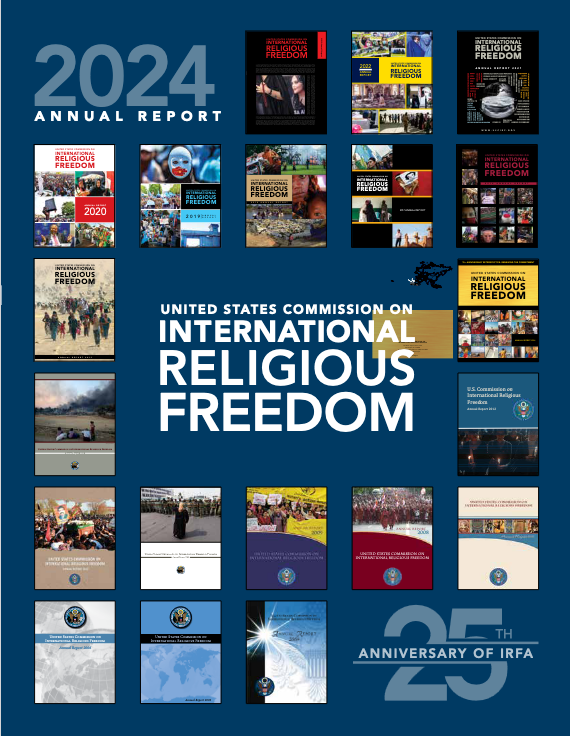
USCIRF Releases 25th Annual Report on International Religious Freedom
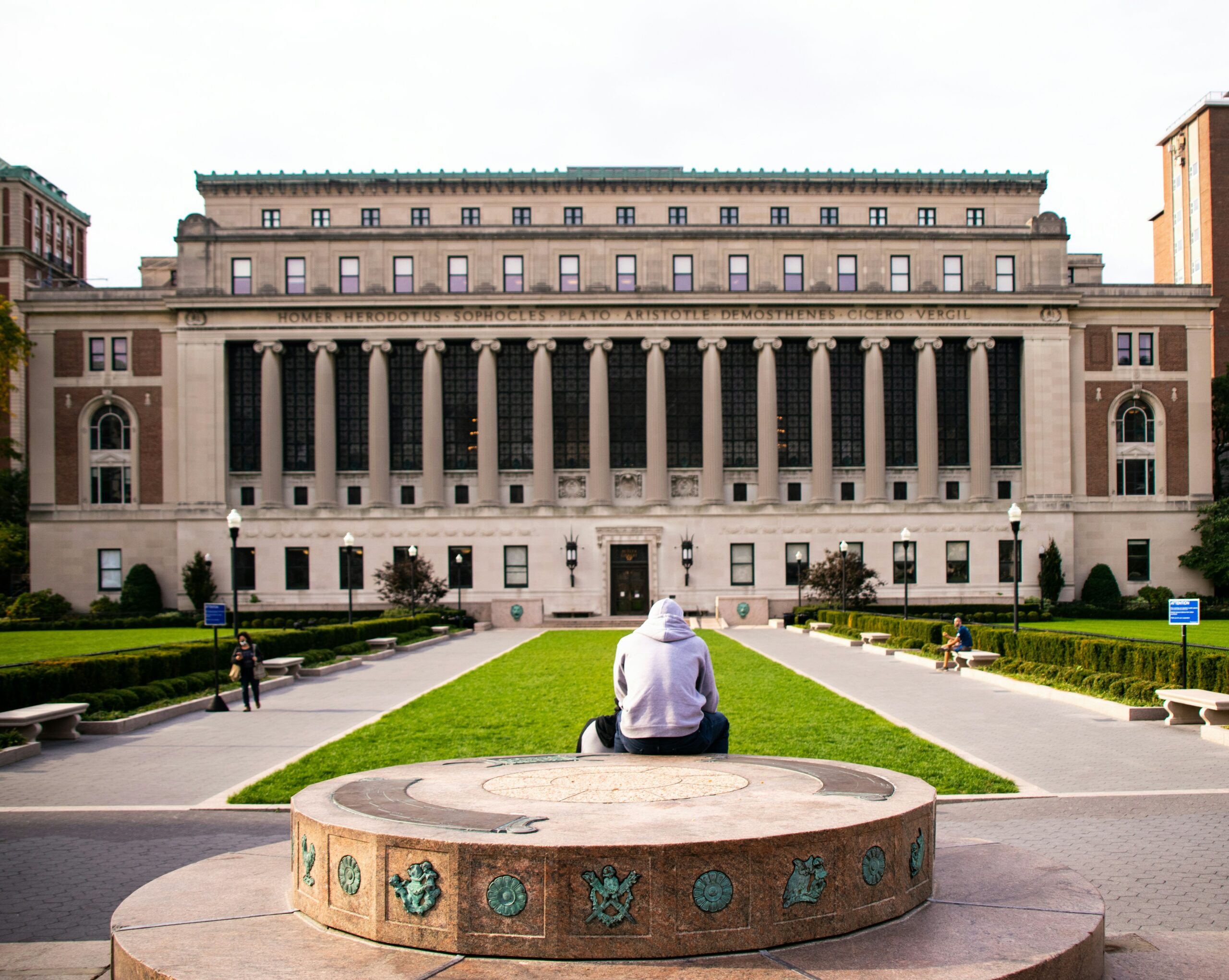
A Call to End Anti-Semitism on America’s College Campuses
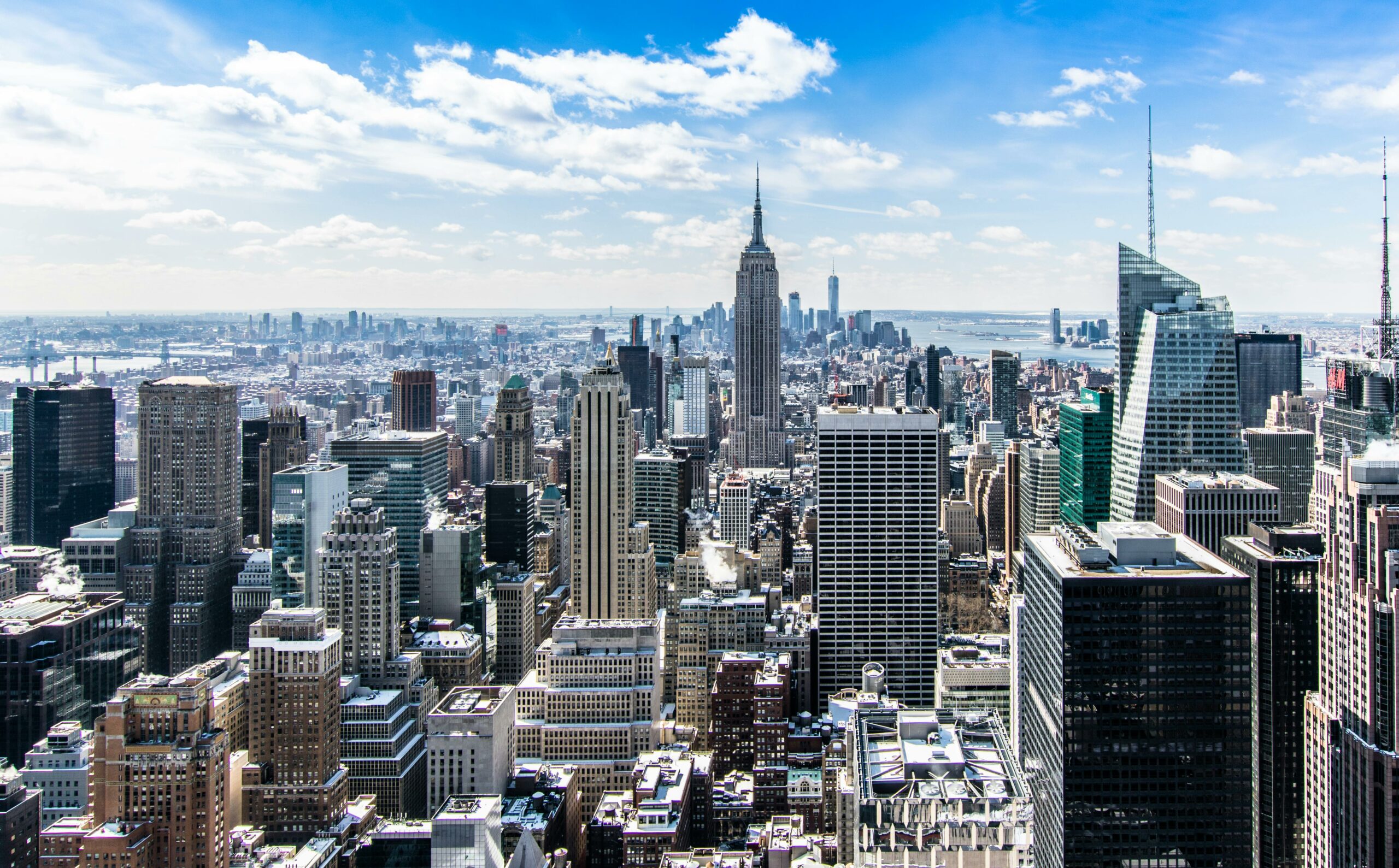
The Horrendous and Maddening Anti-Semitism in New York City
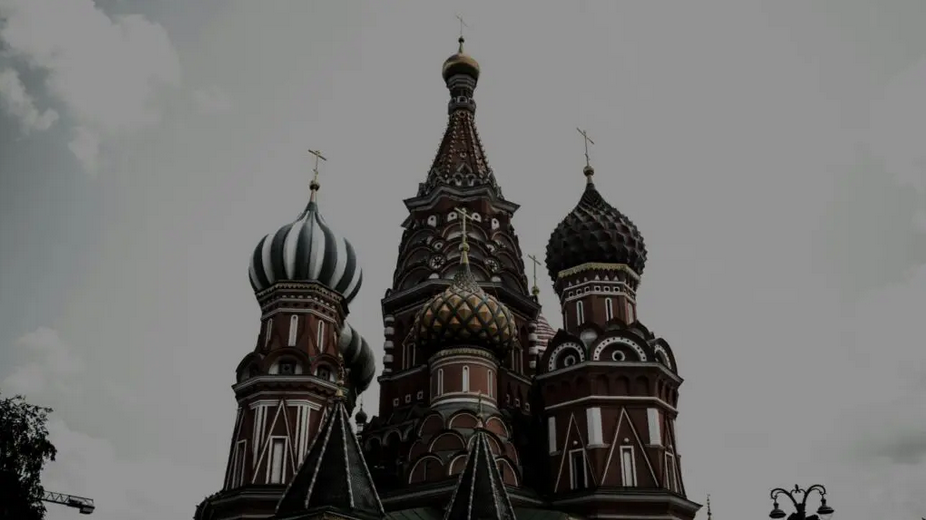
Religion, the ‘Russian World,’ and the War Against Ukraine
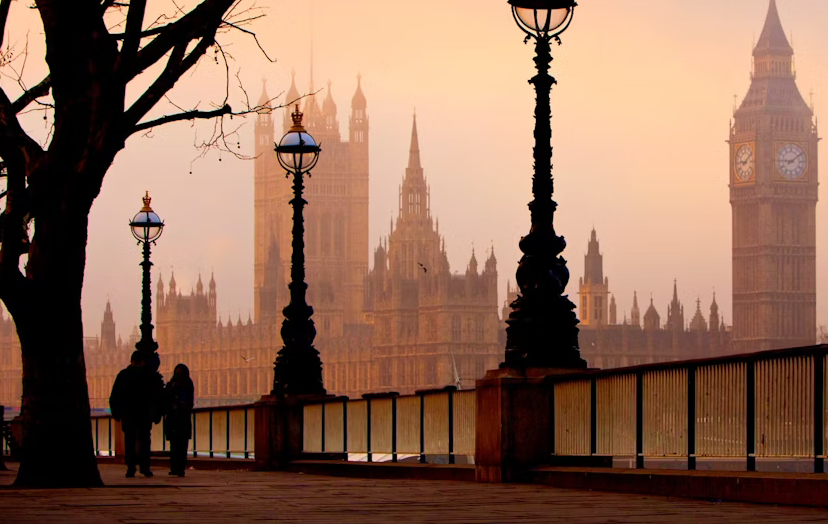
Religious Freedom Is Back on the UK’s Agenda
CORNERSTONE FORUM

Public Bioethics & the Failure of Expressive Individualism

Religious Liberty in American Higher Education

Scotland’s Kate Forbes and the March of Secularism

70 Years of Religious Freedom in Sweden: Prospects and Challenges


